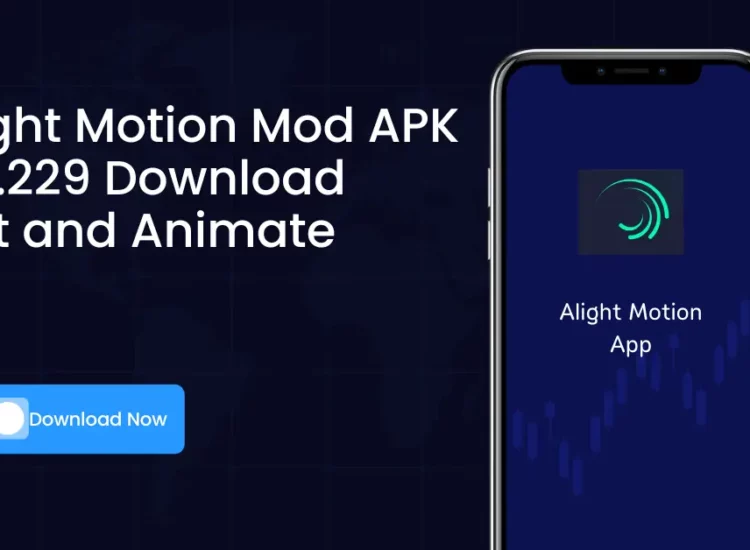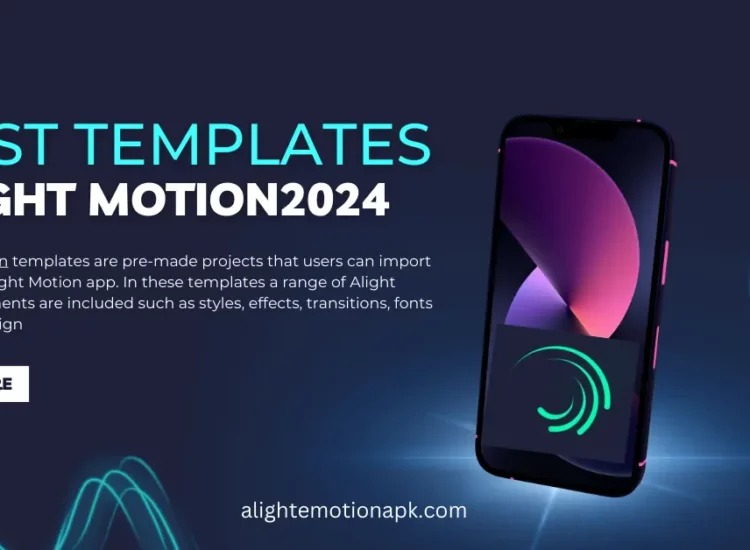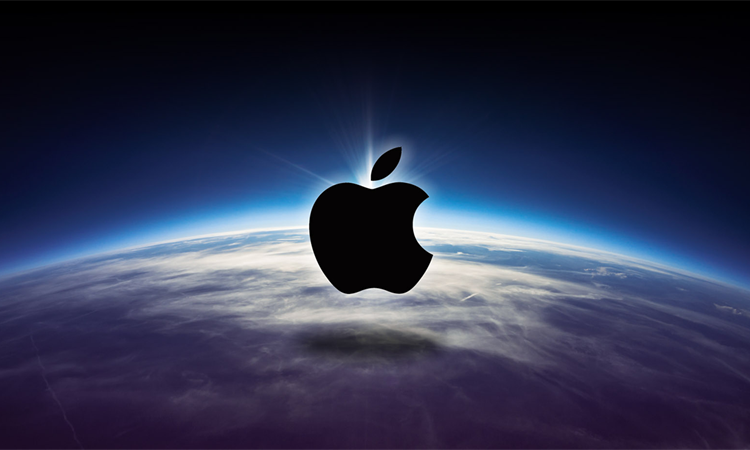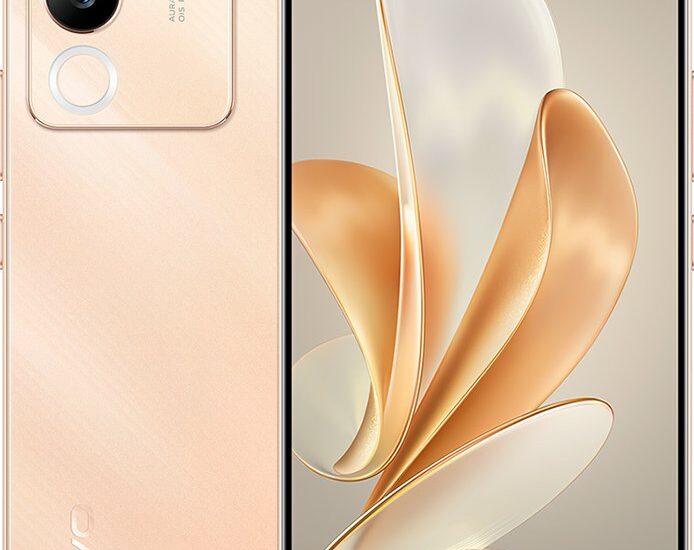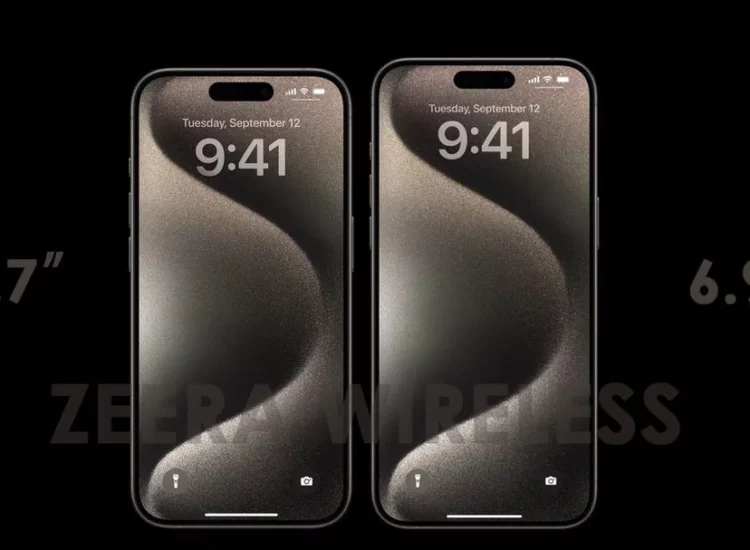Xiaomi Redmi Note 12 Pro 4G: A Detailed Overview
In the ever-competitive mid-range smartphone market, Xiaomi consistently delivers devices that strike a balance between affordability and impressive features. The Xiaomi Redmi Note 12 Pro 4G is a testament to this philosophy, offering a compelling package for users seeking a feature-rich smartphone without breaking the bank. This detailed overview delves into every aspect of the Redmi Note 12 Pro 4G, examining its design, display, performance, camera capabilities, battery life, software, and overall value proposition.
Toc
- 1. Design and Build Quality: Stylish and Modern Aesthetics
- 2. Display: Vibrant AMOLED Visuals
- 3. Related articles 01:
- 4. Performance: Capable Snapdragon Chipset
- 5. Camera System: Versatile and High-Resolution Imaging
- 6. Battery Life and Charging: All-Day Power and Fast Charging
- 7. Software and User Interface: MIUI Customization
- 8. Related articles 02:
- 9. Pros and Cons: Weighing the Strengths and Weaknesses
- 10. Conclusion: A Strong Mid-Range Contender

Design and Build Quality: Stylish and Modern Aesthetics
The Xiaomi Redmi Note 12 Pro 4G boasts a modern and eye-catching design that aligns with current smartphone trends. It features a flat frame design, giving it a sleek and premium look that is often found in higher-end devices. The back panel is typically made of glass or high-quality plastic, depending on the specific variant and market, providing a smooth and comfortable feel in hand.
- Dimensions and Weight: The phone is designed to be relatively slim and lightweight, ensuring comfortable handling for prolonged use. Specific dimensions and weight may slightly vary, but it generally aims for a balance between a large screen and ergonomic design.
- Color Options: Xiaomi often provides a range of color options for their Redmi Note series, catering to diverse user preferences. These may include classic colors like black and white, as well as more vibrant and trendy hues like blue, purple, or gradient finishes.
- Durability: While it’s a mid-range device, Xiaomi often incorporates measures to enhance durability, such as scratch-resistant glass on the display and splash resistance. However, it’s important to note that it typically does not come with official IP ratings for water and dust resistance, so users should still exercise caution around liquids and dust.
- Button and Port Placement: The Redmi Note 12 Pro 4G follows standard smartphone design conventions with the power button and volume rocker usually located on the right side of the frame. The bottom edge typically houses the USB-C charging port, a speaker grille, and potentially a 3.5mm headphone jack, which is a welcome inclusion for users who prefer wired headphones.
Overall, the design of the Xiaomi Redmi Note 12 Pro 4G is geared towards appealing to a broad audience with its modern aesthetics, comfortable handling, and a touch of premium feel for its price segment.
Display: Vibrant AMOLED Visuals
One of the standout features of the Xiaomi Redmi Note 12 Pro 4G is its display. It typically sports a vibrant AMOLED display panel, which is a significant advantage in the mid-range category.
- Screen Size and Resolution: The device usually features a 6.67-inch or similar sized display, providing ample screen real estate for multimedia consumption, gaming, and productivity. The resolution is typically Full HD+ (1080 x 2400 pixels), ensuring sharp and detailed visuals for everyday use.
- AMOLED Technology: The use of AMOLED technology is a key highlight. AMOLED displays are known for their superior contrast ratios, deep blacks, and vibrant colors compared to traditional LCD panels. This results in a more immersive viewing experience, especially when watching videos, viewing photos, or playing games.
- 120Hz Refresh Rate: A high refresh rate of 120Hz is often incorporated, making scrolling and animations appear incredibly smooth and fluid. This enhances the overall user experience, making the phone feel more responsive and premium.
- Brightness and Outdoor Visibility: AMOLED displays are generally bright, and the Redmi Note 12 Pro 4G is expected to offer sufficient brightness for comfortable outdoor use, even under direct sunlight.
- Color Accuracy and Calibration: Xiaomi often focuses on color accuracy in their displays, aiming to provide a balanced and true-to-life color reproduction. Features like color calibration and various color modes might be included to allow users to customize the display to their preferences.
- Protection: The display is usually protected by Corning Gorilla Glass or similar scratch-resistant glass, adding an extra layer of durability against everyday scratches and minor impacts.
In summary, the display of the Redmi Note 12 Pro 4G is designed to be a visual treat, offering vibrant colors, deep blacks, smooth motion, and sufficient brightness, making it excellent for multimedia consumption and general usage.
1. https://doksannews.com/iphone-16-promax-camera-the-pinnacle-of-design-and-technology
2. https://doksannews.com/ximi-tool-tai-ve-mien-phi-download-free
3. https://doksannews.com/xiaomi-unlock-tool-official-lastest-version-phien-ban-moi-nhat
4. https://doksannews.com/best-alight-motion-templates-free-download-2024
Performance: Capable Snapdragon Chipset
Under the hood, the Xiaomi Redmi Note 12 Pro 4G is powered by a capable Qualcomm Snapdragon chipset, typically from the Snapdragon 700 series. The specific chipset may vary depending on the market and variant, but it is generally chosen to provide a good balance of performance and efficiency for the mid-range segment. Based on search results, it is likely to feature the Snapdragon 732G.
- Snapdragon 732G: This chipset is an octa-core processor known for providing smooth performance for daily tasks, multitasking, and moderate gaming. It is built on an 8nm process, offering a balance of power and energy efficiency.
- CPU and GPU: The Snapdragon 732G features Kryo 470 CPU cores and an Adreno 618 GPU. This combination is capable of handling everyday applications, social media Browse, video streaming, and even graphically intensive games at medium settings.
- RAM and Storage: The Redmi Note 12 Pro 4G usually comes in multiple RAM and storage configurations. Options may include 6GB or 8GB of RAM for smooth multitasking and 128GB or 256GB of internal storage for apps, media, and files. Expandable storage via microSD card might also be available, depending on the variant.
- Daily Performance: For typical daily usage scenarios like Browse, social media, emails, and video calls, the Redmi Note 12 Pro 4G is expected to perform smoothly and responsively.
- Gaming Performance: While not a dedicated gaming phone, the Snapdragon 732G is capable of handling popular mobile games like PUBG Mobile, Call of Duty: Mobile, and Genshin Impact at medium to high settings with reasonable frame rates. However, for the most demanding games at maximum settings, some frame drops or occasional stuttering might be experienced.
- Thermal Management: Xiaomi usually incorporates thermal management solutions to prevent overheating during prolonged gaming sessions or heavy usage. This ensures sustained performance without significant throttling.
Overall, the performance of the Xiaomi Redmi Note 12 Pro 4G is well-suited for its price range, offering a smooth and capable experience for most users’ daily needs and moderate gaming.
Camera System: Versatile and High-Resolution Imaging
The camera system is a crucial aspect of modern smartphones, and the Xiaomi Redmi Note 12 Pro 4G typically features a versatile setup with a high-resolution main sensor. Based on search results, it is likely to feature a 108MP main camera.
- Rear Camera Setup: The rear camera setup is usually a quad-camera system, consisting of:
- 108MP Main Sensor: This high-resolution primary sensor is designed to capture detailed and sharp images, especially in well-lit conditions. Pixel binning technology is often used to combine multiple pixels into one for improved low-light performance.
- 8MP Ultrawide Lens: An ultrawide lens allows for capturing expansive landscapes and group photos with a wider field of view.
- 2MP Macro Lens: A dedicated macro lens enables close-up shots of subjects, revealing intricate details.
- 2MP Depth Sensor: The depth sensor assists in creating bokeh effects in portrait mode, blurring the background to emphasize the subject.
- Front Camera: The front-facing camera is typically a 16MP sensor, suitable for selfies and video calls.
- Image Quality in Daylight: In daylight conditions, the 108MP main camera is expected to produce excellent images with ample detail, vibrant colors, and good dynamic range.
- Low-Light Performance: While the main sensor performs well in daylight, low-light performance might be more challenging. However, features like night mode and pixel binning can help improve image quality in darker environments by brightening images and reducing noise.
- Video Recording: The Redmi Note 12 Pro 4G is usually capable of recording videos at up to 4K resolution at 30fps. Electronic image stabilization (EIS) might be available to help reduce shakiness in videos.
- Camera Features: Xiaomi’s camera software typically includes a wide range of features and modes, such as:
- Night Mode: Enhances low-light photos.
- Portrait Mode: Creates bokeh effects for portrait shots.
- Pro Mode: Allows manual control over camera settings like ISO, shutter speed, and white balance.
- Panorama Mode: Captures wide panoramic shots.
- Time-lapse and Slow Motion: Creative video modes for capturing time-lapse and slow-motion videos.
In summary, the camera system of the Xiaomi Redmi Note 12 Pro 4G is designed to be versatile and capable, offering high-resolution photography in daylight and a range of features to enhance the photography experience.
Battery Life and Charging: All-Day Power and Fast Charging
Battery life is a crucial factor for smartphone users, and the Xiaomi Redmi Note 12 Pro 4G is usually equipped with a large battery and fast charging capabilities.
- Battery Capacity: The device typically packs a 5000mAh battery, which is considered a large capacity and is expected to provide all-day battery life for moderate users.
- All-Day Battery Life: With typical usage patterns, including Browse, social media, video streaming, and some gaming, the Redmi Note 12 Pro 4G should comfortably last a full day on a single charge. Lighter users might even be able to stretch it to two days.
- 67W Fast Charging: One of the highlights is the inclusion of 67W fast charging. This technology can significantly reduce charging times, allowing users to quickly replenish the battery. A full charge from 0% to 100% can often be achieved in around 45 minutes to an hour, depending on usage during charging.
- Battery Optimization: Xiaomi’s MIUI software usually includes battery optimization features to help extend battery life by managing background app activity and power consumption.
- Charging Port: The device uses a USB-C charging port, which is the modern standard and offers faster data transfer and charging speeds compared to older microUSB ports.
Overall, the battery life and charging capabilities of the Xiaomi Redmi Note 12 Pro 4G are designed to be convenient and reliable, ensuring users can go through a full day without worrying about running out of power and quickly recharge when needed.
Software and User Interface: MIUI Customization
The Xiaomi Redmi Note 12 Pro 4G runs on Xiaomi’s proprietary MIUI (based on search results, likely MIUI 13), which is based on the Android operating system.
1. https://doksannews.com/apple-in-2025-innovation-ecosystem-and-global-impact
2. https://doksannews.com/iphone-16-promax-screen-breakthrough-from-new-technology
3. https://doksannews.com/nubia-redmagic-8s-pro-5g-quai-thu-gaming-the-he-moi-khuay-dao-moi-tran-chien
4. https://doksannews.com/xiaomi-redmi-note-14-setting-new-benchmarks-for-mid-range-excellence
- MIUI 13 based on Android 11: MIUI is known for its highly customizable interface, feature-richness, and unique design elements. It offers a distinct user experience compared to stock Android.
- Customization Options: MIUI provides extensive customization options, allowing users to personalize various aspects of the interface, such as themes, wallpapers, icon packs, fonts, and always-on display styles.
- Feature-Rich: MIUI is packed with features, including:
- Dark Mode: System-wide dark mode for eye comfort and potential battery saving on AMOLED displays.
- App Drawer: An optional app drawer for organizing apps.
- Game Turbo: Optimizes performance and provides gaming-related features.
- Second Space: Creates a separate private space on the phone.
- Dual Apps: Allows running two instances of the same app.
- Floating Windows: Enables multitasking by opening apps in floating windows.
- User Experience: MIUI aims to provide a smooth and user-friendly experience. However, it is also known for being relatively heavy and resource-intensive compared to stock Android, which might impact performance slightly on lower-end devices. However, on the Redmi Note 12 Pro 4G with its capable chipset, this is less likely to be a major concern.
- Updates: Xiaomi typically provides regular software updates for its devices, including MIUI updates and Android security patches. The update frequency and duration of support may vary depending on the device and market.
In conclusion, the software experience on the Xiaomi Redmi Note 12 Pro 4G is defined by MIUI’s customization options, feature-richness, and unique interface, offering a personalized and functional user experience.
Pros and Cons: Weighing the Strengths and Weaknesses
Pros:
- Vibrant AMOLED Display with 120Hz Refresh Rate: Provides an excellent visual experience for multimedia and general use.
- Capable Snapdragon 732G Performance: Offers smooth performance for daily tasks and moderate gaming.
- Versatile 108MP Quad Camera System: Delivers high-resolution photography and a range of camera features.
- Long-lasting 5000mAh Battery: Provides all-day battery life for most users.
- 67W Fast Charging: Allows for quick battery replenishment.
- Stylish and Modern Design: Appeals to current design trends.
- Feature-rich MIUI Software: Offers extensive customization and functionality.
- Competitive Price: Provides excellent value for its features in the mid-range segment.
Cons:
- Snapdragon 732G is not the latest chipset: While capable, it’s not the most cutting-edge processor available in the market.
- No Official IP Rating: Lacks official water and dust resistance certification.
- MIUI can be resource-intensive: MIUI, while feature-rich, can be heavier on resources compared to stock Android.
- Low-light camera performance can be improved: While decent, low-light photography is not as strong as flagship devices.
Conclusion: A Strong Mid-Range Contender
The Xiaomi Redmi Note 12 Pro 4G is a compelling mid-range smartphone that offers a well-rounded package of features at a competitive price. Its vibrant AMOLED display with a 120Hz refresh rate, capable Snapdragon 732G chipset, versatile 108MP quad-camera system, long-lasting battery with 67W fast charging, and feature-rich MIUI software make it a strong contender in its segment.
While it may not have the absolute latest chipset or official IP rating, the Redmi Note 12 Pro 4G excels in providing a premium visual experience, smooth performance for everyday use and moderate gaming, versatile photography capabilities, and all-day battery life. For users seeking a feature-rich smartphone in the mid-range category without breaking the bank, the Xiaomi Redmi Note 12 Pro 4G is definitely worth considering. It successfully balances features, performance, and price, making it an attractive option for a wide range of users.

